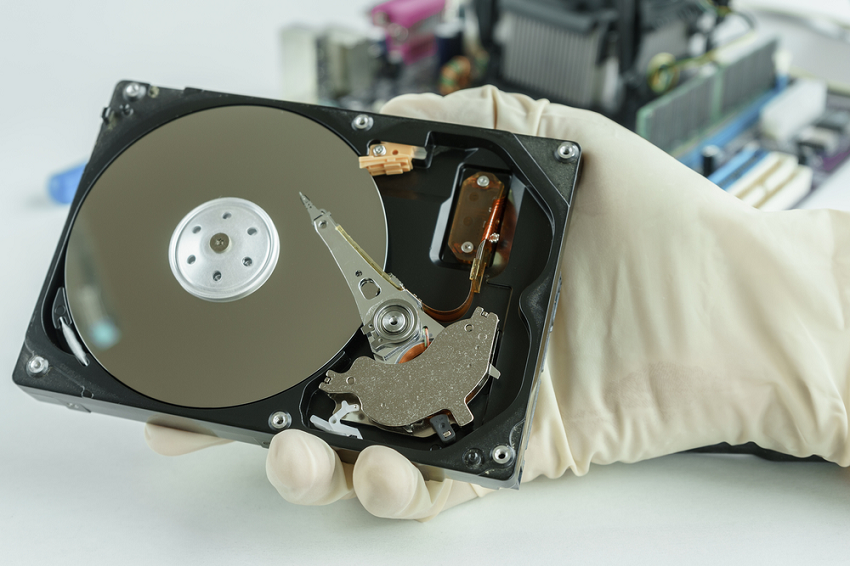Experiencing a broken hard drive can be an absolute nightmare, especially when it holds critical data. Whether it’s an unexpected crash or a physical mishap, the fear of losing valuable information is overwhelming. Thankfully, hard drive data recovery is possible, and understanding the process can help you navigate this challenging situation. In this guide, we’ll explore the steps you can take to recover data from a broken hard drive and when to seek professional Data Recovery Services.
Understanding the Types of Hard Drive Failures
Before diving into the recovery process, it’s essential to identify the type of failure your hard drive has experienced. There are generally two categories:
1. Physical Failure
Physical failures involve the hardware components of the hard drive. These could include:
- Head Crash: The read/write head touches the disk platter, causing damage.
- Motor Failure: The motor that spins the disk platters stops working.
- Electronic Failure: Issues with the hard drive’s circuit board.
2. Logical Failure
Logical failures are software-related issues, such as:
- Corrupted Files: Damaged or corrupted files due to malware or improper shutdowns.
- Partition Errors: Problems with the drive’s partition structure.
- File System Errors: Errors in the file system that prevent the OS from accessing data.
Steps to Recover Data from a Broken Hard Drive
1. Diagnose the Problem
The first step in hard drive data recovery is diagnosing the issue. Listen for unusual noises like clicking or grinding, which often indicate physical failure. If the drive is silent and not detected by your computer, it could be a logical failure.
2. Avoid Further Damage
If you suspect physical damage, avoid using the drive to prevent further harm. Powering on a physically damaged drive can worsen the situation, making data recovery more difficult.
3. Use Data Recovery Software
For logical failures, data recovery software can be a lifesaver. These tools can scan your hard drive for recoverable data. Some popular data recovery software includes:
- Recovery Squad
- Perth Data Recovery
- Stellar Data Recovery
Here’s how you can use data recovery software:
- Download and Install: Install the software on a different drive to avoid overwriting data.
- Scan the Drive: Use the software to scan the broken hard drive.
- Recover Files: Once the scan is complete, select the files you want to recover and save them to a different storage device.
4. Check for Physical Damage
If software recovery isn’t successful, you might be dealing with physical damage. Open the drive (if you’re comfortable doing so) and check for visible issues like burnt components or disconnected parts. However, opening the drive can void warranties and should only be done if absolutely necessary.
5. Seek Professional Data Recovery Services
When dealing with physical damage or if software recovery fails, it’s time to seek professional Data Recovery Services. Experts in data recovery have the tools and expertise to handle severe hard drive failures. Here’s what to look for in a data recovery service:
- Experience: Choose a service with a proven track record in recovering data from broken hard drives.
- Clean Room Facilities: Ensure they have clean room facilities for handling physically damaged drives.
- No Data, No Fee: Opt for services that offer a “no data, no fee” policy, ensuring you only pay if your data is recovered.
6. Backup Your Data
Once you’ve successfully recovered your data, it’s crucial to implement a robust backup strategy. Regular backups can prevent data loss in the future and provide peace of mind.
Preventing Hard Drive Failures
While data recovery is possible, prevention is always better than cure. Here are some tips to avoid hard drive failures:
- Regular Backups: Use external drives or cloud storage to back up your data regularly.
- Avoid Physical Damage: Handle your hard drive with care to prevent physical damage.
- Keep Software Updated: Regularly update your operating system and software to protect against malware and file corruption.
- Use Surge Protectors: Protect your computer from power surges with a surge protector.
Conclusion
Recovering data from a broken hard drive can be a complex process, but understanding the steps and knowing when to seek professional help can make a significant difference. Whether it’s using data recovery software for logical failures or relying on Data Recovery Services for physical damage, there’s hope for retrieving your valuable data. Remember, the key to avoiding future data loss lies in regular backups and preventive measures. Stay proactive and protect your digital assets with a comprehensive backup strategy.




